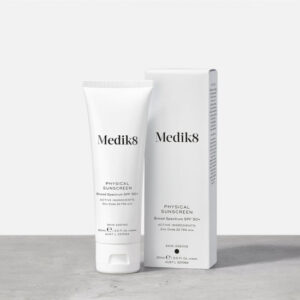Chemical peels can be useful for clearing up pigmentation, including melasma. Peels can be low cost, low downtime & low risk superficial peels, or higher cost, higher recovery, deeper controlled peeling with Dermamelan or Cosmelan peels.
Key Points
- Melasma is a special form of pigmentation that responds best to medical therapy
- Treatment is aimed at suppressing pigmentation production by cells called melanocytes
- This is achieved with UV protection & prescribed creams
- Lasers & chemical peels are adjunctive therapies
- The first step in any melasma management is to understand the depth of pigmentation
- Superficial pigment responds best to chemical peels
Melasma Peels at a glance
Our results speak for themselves
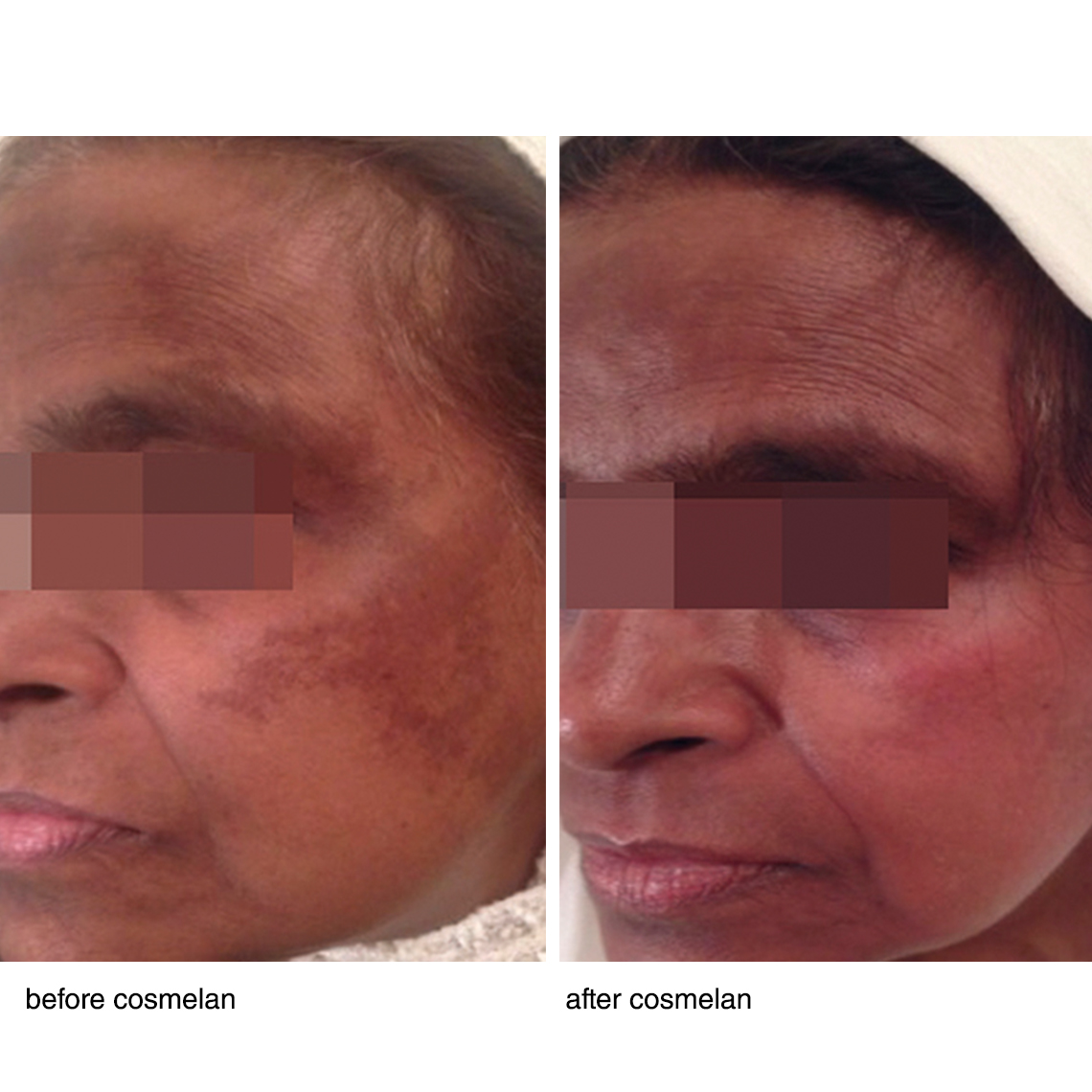
Before
After
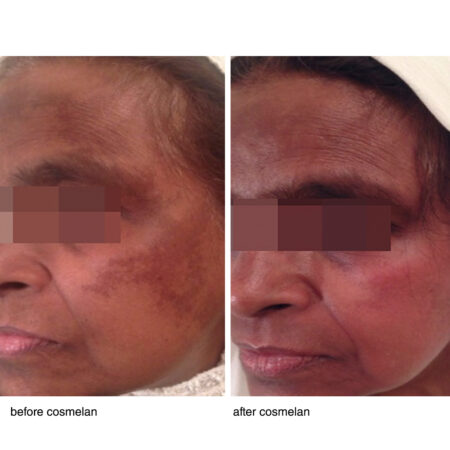
Cosmelan Peel can improve superficial & mixed pigment due to melasma.
Ask us more about this treatmant
Preferred Consultation
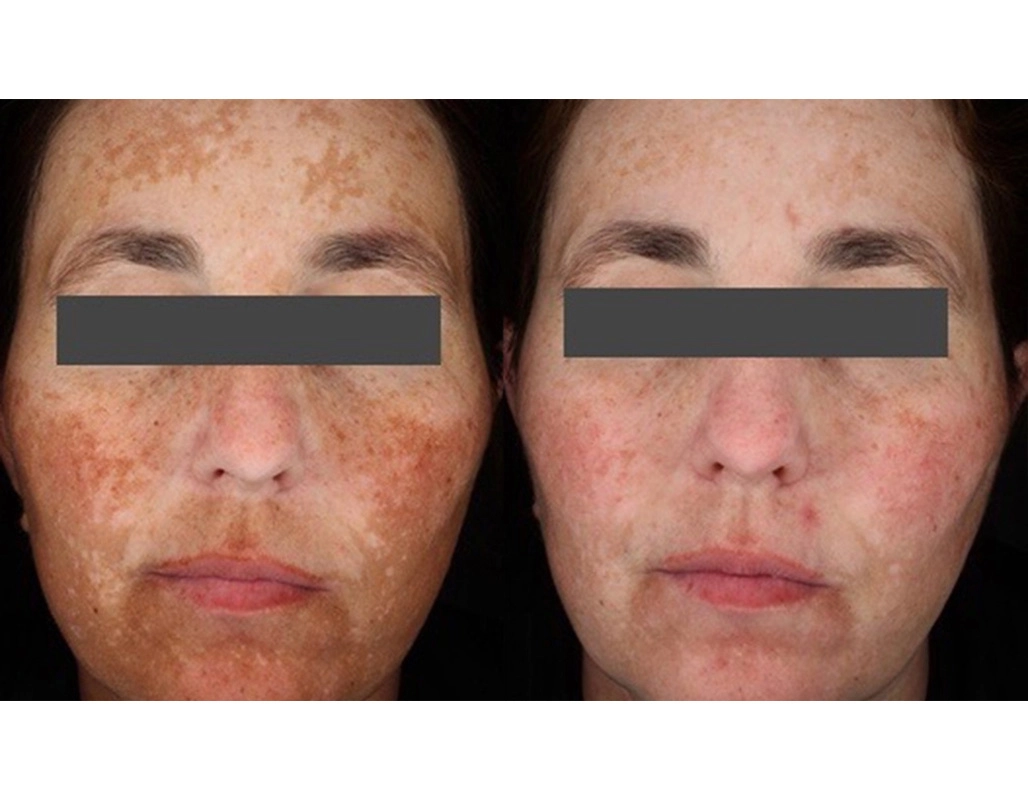
Before
After

At home use of topicals complements in office peel for melasma pigmentation. Treatment for superficial pigment
Ask us more about this treatmant
Preferred Consultation
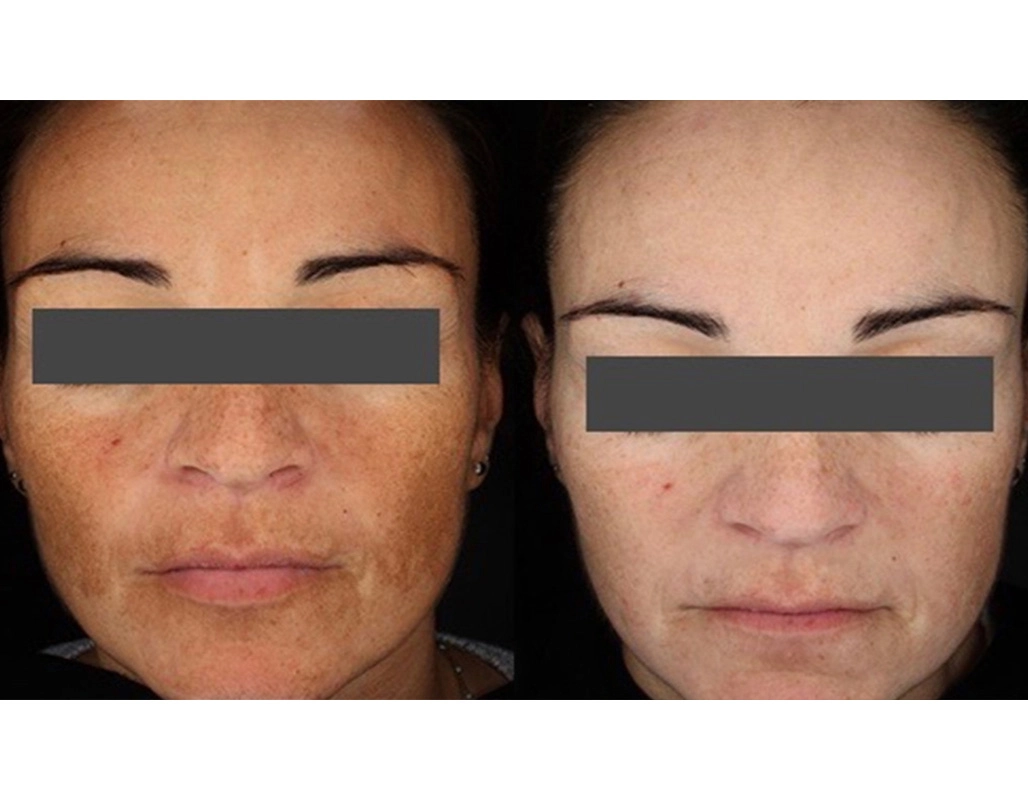
Before
After
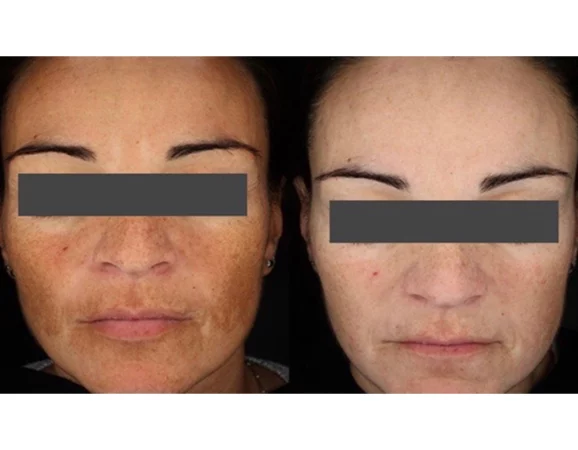
At home use of topicals complements in office peel for melasma pigmentation. Treatment for superficial pigment
Ask us more about this treatmant
Preferred Consultation
FAQs
What types of peels can treat melasma?
The most popular chemical peels for pigmentation include-
- Traditional superficial peels such as AHA, low concentration TCA & retinoic acid peels
- Accelerated treatment peels such as Dermamelan & Cosmelan peels
Why are we careful with Dermamelan or Cosmelan peels?
Dermamelan & Cosmelan peels are termed ‘commercial peeling;’ meaning they offer blanket solutions of all types of pigment, including melasma. The downside of these peels is that-
- Recovery ranges from 4 to 14 days
- The efficacy rate is around 60-65%
- Costs are significant, around $1250 to $1900 per peel
On this basis, dermatologists are very careful as to how we initiate these peels. Good candidates are patients who have more superficial melasma, & no contraindications to medical therapy.
How do we determine the depth of melasma pigmentation?
This is a crucial step in the management of melasma. Epidermal or superficial pigment has a much higher chance of responding to chemical peels, compared to dermal pathology. We can understand depth by-
- Physical examination, brown vs dusk pigmentation vs grey
- Wood lighting (epidermal lights up)
- Dermatoscopic examination
If you are unsure about the depth of pigmentation, book a consultation with our dermatologists. Our nurses also offer a FREE* consultation, redeemable upon treatments. *fee redeemable on product and treatment
How do dermatologists’ approach melasma?
Dermatologists follow a structured approach to melasma. We-
- Confirm the diagnosis, excluding other conditions that can resemble melasma
- Confirm the depth of pigment (Examination, Wood lighting, dermatoscopic exam)
- Exclude contraindications to medical therapy
- Prescribe medical management
- Adjunctively prescribe lasers (or peels in exceptional situations)
Why is melama managed medically?
Unlike other forms of pigment, melasma is categorized as medical, meaning it responds best to a prescribed program, including-
- Pigment correctors known as tyrosinase inhibitors.
- Fibrinogen modulators. These modify the input of blood vessels to the pigment cells.
- Laser pigment transfer inhibition by a process known as subcellular selective photothermolysis.
- Basement membrane stabilizers. This reduces pigment drop out into the deeper dermis.
Why are lasers better than peels for melasma?
Use correctly, lasers are much safer than peels. They are also more cost effective and work better than peels.
The settings we use are termed subcellular selective photothermolysis. It means we reduce pigment transfer and don’t blow up/shatter pigment. Lasers are matched according to the depth & resistance of pigment.
The 3 lasers we employ include –
- QSL Nano lasers: account for 94% of our treatments
- Pico lasers: account for 5% of our melasma treatments
- Fractional lasers: make up the last 1% of treatments. Fraxel is great for sun induced pigment, but a disaster for melasma.
Products

O Cosmedics cleansing range
$63.00-$64.00

O Biotics 3D Hyaluronic Serum
From $97.00
The two types of melasma peels include maintenance peels & treatment peels. Maintenance peels include lactic & glycolic acid, whilst treatment peels include Cosmelan & Dermamelan peels. Peels should be combined with medical therapy for melasma.
When do dermatologists use chemical peels for melasma?
We employ chemical peels in two situations-
- Maintenance of melasma during the ‘off’ cycle. These peels are typically AHAs or mixed Jessner peels. We also use retinoic acid 1-7% peels.
- Accelerated treatment with Dermamelan or Cosmelan peels. These peels are ideal for international or interstate patients.
What are the side effects of melasma chemical peels?
Performed correctly, side effects are rare with conservative superficial peels. More things go wrong with medium depth peeling. These include-
- Rebound melasma (comes back very quickly)
- Worsening melasma
- Infection
- Demarcation lines
- Scars
- Acne
Can you do a home chemical peel for melasma?
You can, but it’s not a good idea, especially if you are playing around with TCA or high strength AHA peels. Be sensible, stay safe. Don’t burn yourself or make your melasma worse.
How much are chemical peels?
Peels start from $98. T
These include lactic, glycolic & retinoic acid peels.
Enquire with our nursing staff the price of Dermamelan or Cosmelan peels.
As a guide, lasers are more cost effective than Cosmelan/Dermamelan, starting from only $133 per laser session.
What to do if you have had a bad side effect to chemical peels?
Dermatologists are experts when it comes to sorting out stuff-ups. We know skin.
Book an appointment to see us & we will formulate a treatment plan. Given permission, we can have a talk to the clinician who performed the peels & find out what went wrong. Regardless, effective treatments are possible.
What is the natural history of melasma?
Melasma is a weird one. We know that-
- It can spontaneously improve in the 50s or
- It can occur in the late 40/50s, especially in Asian females
- Pigment will get worse in pregnancy
- Some forms are resistant to treatment, no matter what
What should you consider before undertaking a chemical peel for melasma?
Treating melasma is an investment of time, effort & money. Here are some helpful points that may help you along your journey.
- Depth of pigment -is your provider sure of the depth of pigmentation? This is especially important if you are considering peels such as Dermamelan or Cosmelan.
- Sun protection is paramount. SPF 50+ twice a day regardless of exposure. If a 50 ml bottle lasts longer than 3 weeks, you are not using enough sunscreen.
- Consider your options: lasers, used correctly, are inherently safer, better & cost less.
Follow ups: Melasma is recurrent. Has your skincare provider got a maintenance plan in place?


